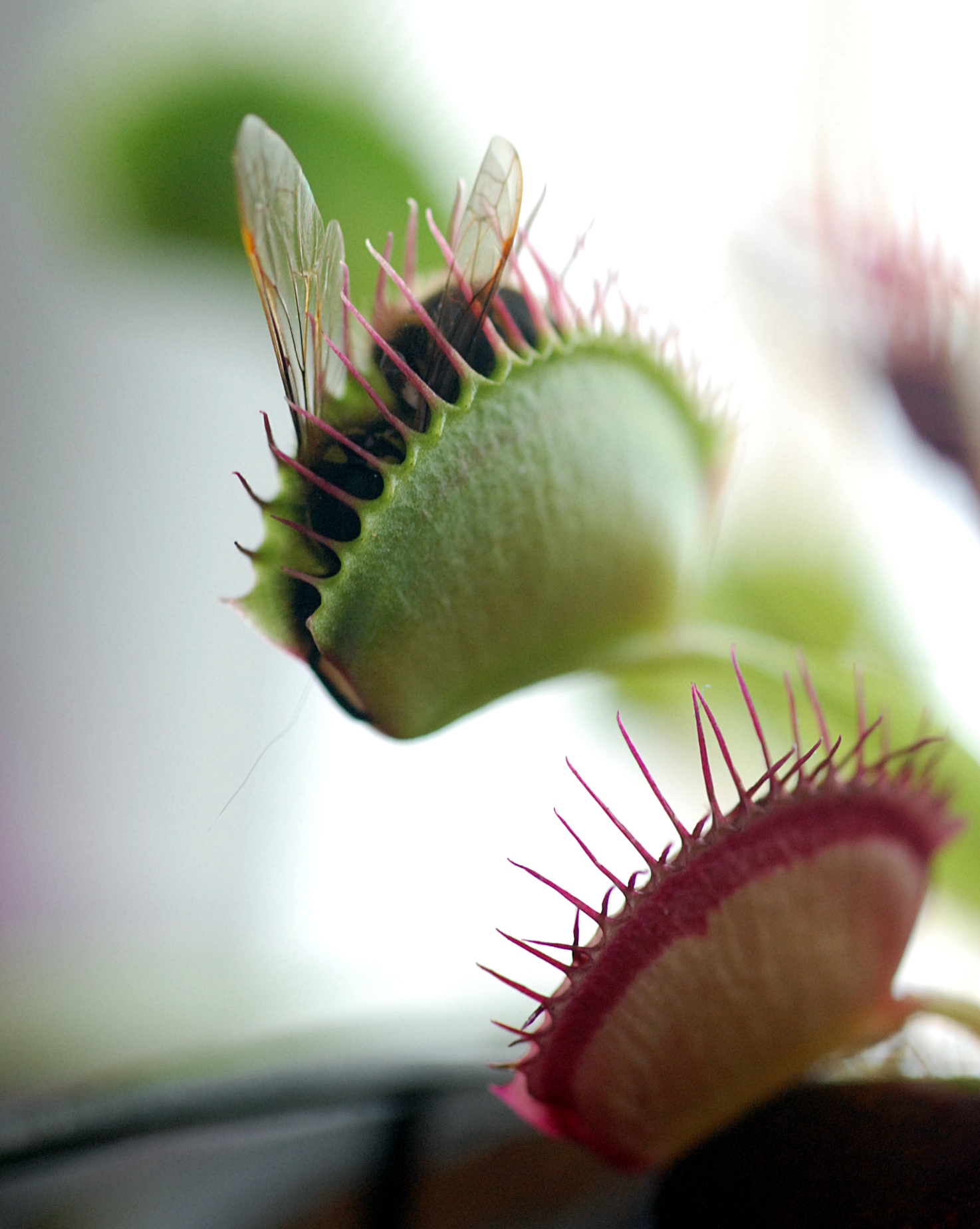
Flowers and plants with a carnivorous appetite
In most cases, plants and flowers enjoy a fairly simple diet that consists of water, nutrients found in their potting soil, and a bit of sunlight. There are, however, some plants that have a different diet and they enjoy something a bit more meaty!
When we think about carnivorous plants, we almost instantly think of the famous Venus Flytrap plant. This is not the only type of trap used by plants. The different types of traps include suction traps, pitfall traps, flypaper, snap traps, and lobster-pot traps.
Pitfall trps are used by pitched plants and they consist of leaves folded in deep, slippery pools that are full of enzymes for digesting their freshly caught meal. Snap traps are characteristic of Venus Flytrap plants and they have tiny hairs that alert the plant when they have caught their prey. The plant closes slowly with the insect stuck inside and slowly digested.
Suction traps can be seen on bladderworts. These leaves form the shape of a bladder and the door is lined with trigger hairs much like those of the Venus Flytrap. Flypaper is much like those somewhat unattractive (yet effective) fly traps we use in our homes. They are sticky and, once they catch their prey, there’s no getting out of it! Lobster-pot traps can be found on corkscrew plants. These are tubular, twisted channels lined with hairs and glands designed for luring and capturing prey.
Apart from the well-known Venus Flytrap, other carnivorous plants include Sarracenia, Darlingtonia Californica, Byblis, and Utricularia. These plants really are unique due to their diet preferences and if you have one in your home, it will prove to be quite the attraction!
